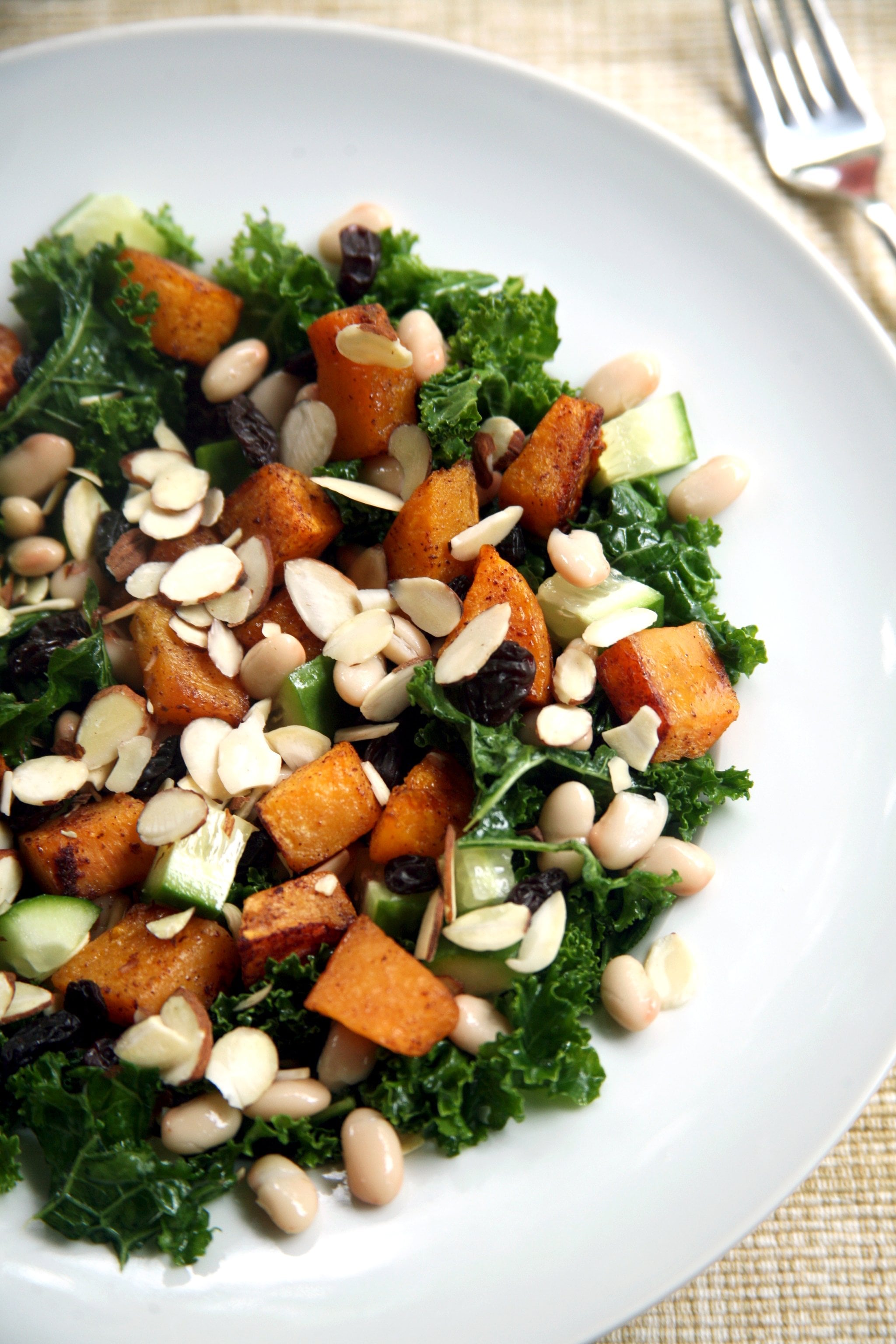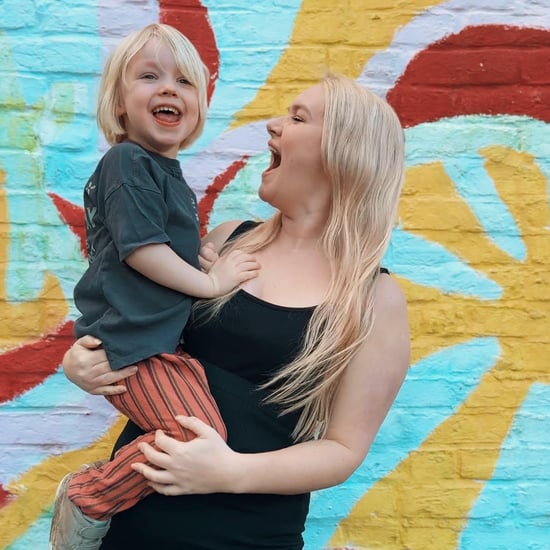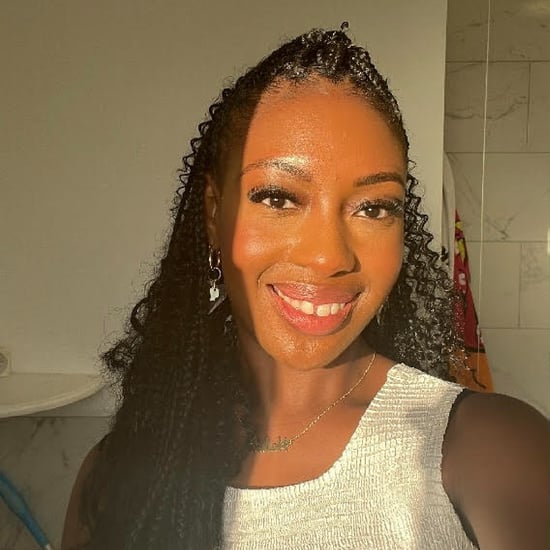Will Intermittent Fasting Help Me Lose Weight?
I Did Intermittent Fasting For 1 Month and This Is What Happened
After six months of CrossFit, five days a week, my transformation wasn't as dramatic or amazing as I had hoped. I didn't get insanely ripped as planned — I still had extra weight around my stomach that I was hoping to ditch. So I was on a quest to find a way to keep up with the workouts I loved without having to add in extra cardio or drastically changing the foods I liked to eat.
 Image Source: POPSUGAR Photography / Mark Popovich
Image Source: POPSUGAR Photography / Mark Popovich
I'd heard of intermittent fasting because my father had success doing the 5:2 plan: you eat normally five days a week, then eat 500 calories a day twice a week. But there's no way I would be able to eat so little and be able to exercise, work full-time, and take care of my family.
What I Did
I decided to try a version of the 16/8 plan, where you fast for 16 hours and eat for eight. This seemed to fit my lifestyle better. I'd stop eating around 7 or 8 at night, then wouldn't eat again until 11 a.m. or noon the next day. It basically meant that I'd skip breakfast, then eat three times the rest of the day, consuming roughly the same amount of calories I would if I'd been eating all day long.
"It [intermittent fasting] gets your body out of 'storage mode' and mobilises fat stores for energy," said certified dietitian Leslie Langevin, MS, RD, CD, of Whole Health Nutrition. This means that without having a constant food source, your body will dip into the fat it already has stored.
How I Dealt With Hunger
I'm not gonna lie. The first two weeks were rough. Especially on days that I woke up at 4:45 a.m. to do CrossFit at 5:45 for an hour. The hardest part was coming home from class at 7:00 a.m. and having to prepare breakfast for my kids. The temptation of grabbing a banana or polishing off their crusts was almost unbearable. My husband was very supportive and took over breakfast duties so I wouldn't have to smell cinnamon toast. I'd just down a huge glass of water and keep myself busy getting them ready for school. Around 9 or 10 a.m., I'd make a cup of chai tea with a splash of cashew milk. Many intermittent fasters recommend caffeine to suppress hunger, usually black coffee. Also, any beverage under 50 calories still counts as fasting, and sipping on that totally helped, as well as plain water throughout the morning.
Those first two weeks, I found myself looking at the clock every 20 minutes, hoping it was noon already. I didn't really get any headaches as I thought I would, but I did find myself a little cranky — working alone from home was definitely a plus. But every day got a little easier. By the fourth week, I usually didn't start feeling hungry until 30 minutes before I was supposed to start eating.
One thing that's great about this 16/8 plan is that eating was more enjoyable. I was able to eat larger meals and ate anything I wanted to. Although my diet is already pretty healthy with no meat or dairy and hardly any refined sugars, I loved the freedom of being able to sit down to a huge lunch or dinner without having to make sure it was under a certain amount of calories. Knowing this made it easier to get through that fasting window, because I knew by noon I'd be sitting down to a plate full of yumminess.
What I Ate
Once I entered my feeding window, I made sure not to pig out. This wasn't too hard because I noticed that I'd feel fuller sooner than I did before I had starting intermittent fasting. Drinking water with each meal also helped.
12:00 p.m. (first meal): A big salad with beans and a slice of toast, or veggie lentil soup with toast, or avocado toast with tomatoes, salted sunflower seeds, and marinated tofu (#ilovetoast). I always finished with a small bowl of raspberries or strawberries just to satiate my sweet tooth.
2:30/3 p.m. (second meal/snack): I'd have a banana with crunchy almond butter, an apple with a big handful of raw almonds, a Cashew Cookie Larabar, or a plain dairy-free yoghurt topped with some chopped fruit and nuts.
 Image Source: POPSUGAR Photography / Jenny Sugar
Image Source: POPSUGAR Photography / Jenny Sugar
5:30/6 p.m. (third meal): A big kale salad with roasted butternut squash and beans, or a veggie burger patty with roasted sweet potato and steamed broccoli, or some kind of tofu veggie stir fry with rice. Oh, and pasta. I had pasta at least once a week, usually this avocado pasta recipe with meatless meatballs. I definitely did not give up carbs.
6:30/7:30 p.m.: After dinner, I usually went for some fruit, trail mix, or dates, but that third week I was craving sugar and indulged in some vegan cashew milk ice cream three nights in a row. Although so very delicious, I definitely didn't feel great after eating it, which reminded me why I had given up sugar. So that last week, I was back on track, focusing on eating food for fuel.
Did I Lose Weight?
Yes! I lost about two pounds, which for me was HUGE, since I wasn't seeing the scale budge otherwise. I was still doing CrossFit, so I know I was gaining muscle weight, but still the scale showed a decrease. I was amazed. The biggest thing, and I noticed this after the first week, was when I looked in the mirror, I could see more definition in my abs and upper back. That visual progress was what kept me going when I wanted to throw the towel in and drown myself in a bowl of oatmeal.
What Surprised Me
The thing that intrigued me the most about intermittent fasting, and the reason I wanted to try it, was that I knew I had a slight obsession with tracking my food. As someone who's been trying to lose weight on and off since I was in high school, I hated the fact that I was constantly thinking about food. What to eat, what not to eat, how many calories a food had, how many calories I'd eaten, and how many calories I wish I hadn't eaten. So much time was consumed by planning out what I was going to eat, shopping for food, making food, and then eating it. It was exhausting.
I thought not being able to eat all morning long would make me think about food more, and I already had an issue with wanting to eat all day long, but the opposite happened! Fasting all morning freed up my time and my mind for other thoughts. By the last two weeks, I wasn't thinking about food or checking the clock much at all during my fasting window. I even accidentally fasted too long a few times, realising it was 1:30 p.m. and I hadn't eaten yet.
Other Benefits
Aside from slimming my belly and gaining a better relationship with food, I also found that I had better digestion and less bloating (because I wasn't overeating), slept well, and got another bonus — a clearer, more focused mind. My mornings felt more productive without the usual brain fogginess and fatigue I'd experience after eating.
Now What?
I'm going to keep going. I feel like I've finally hit a point where my body has adapted to this style of eating, and it's gotten easier to not eat all morning long, so I can better dial in my diet and exercise harder. I'm already psyched with everything I've experienced and can only imagine that there are more benefits to come.
Editor's note: Before starting intermittent fasting — or any new eating plan — be sure to talk to your doctor to make sure it's the right diet for you.







